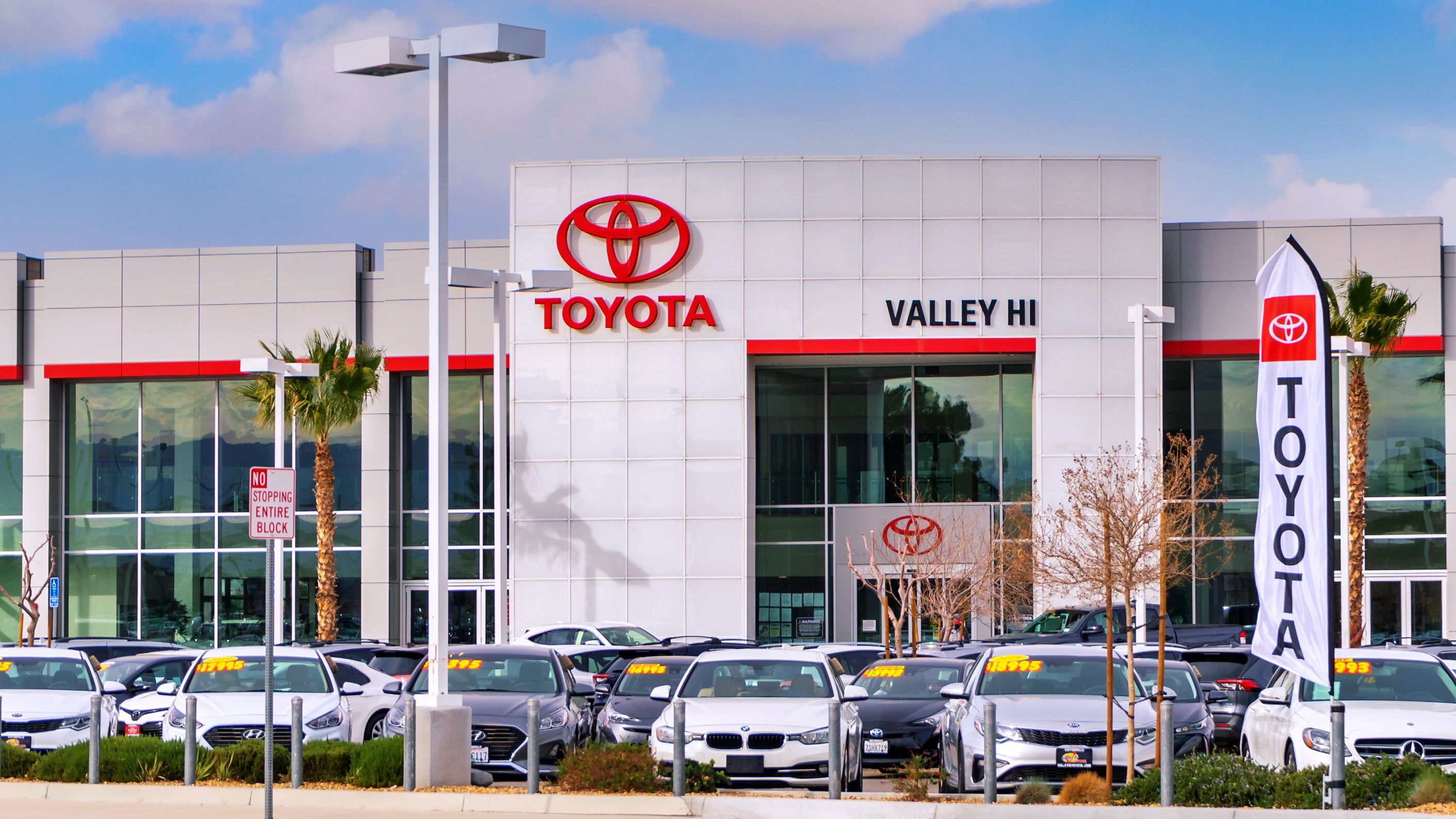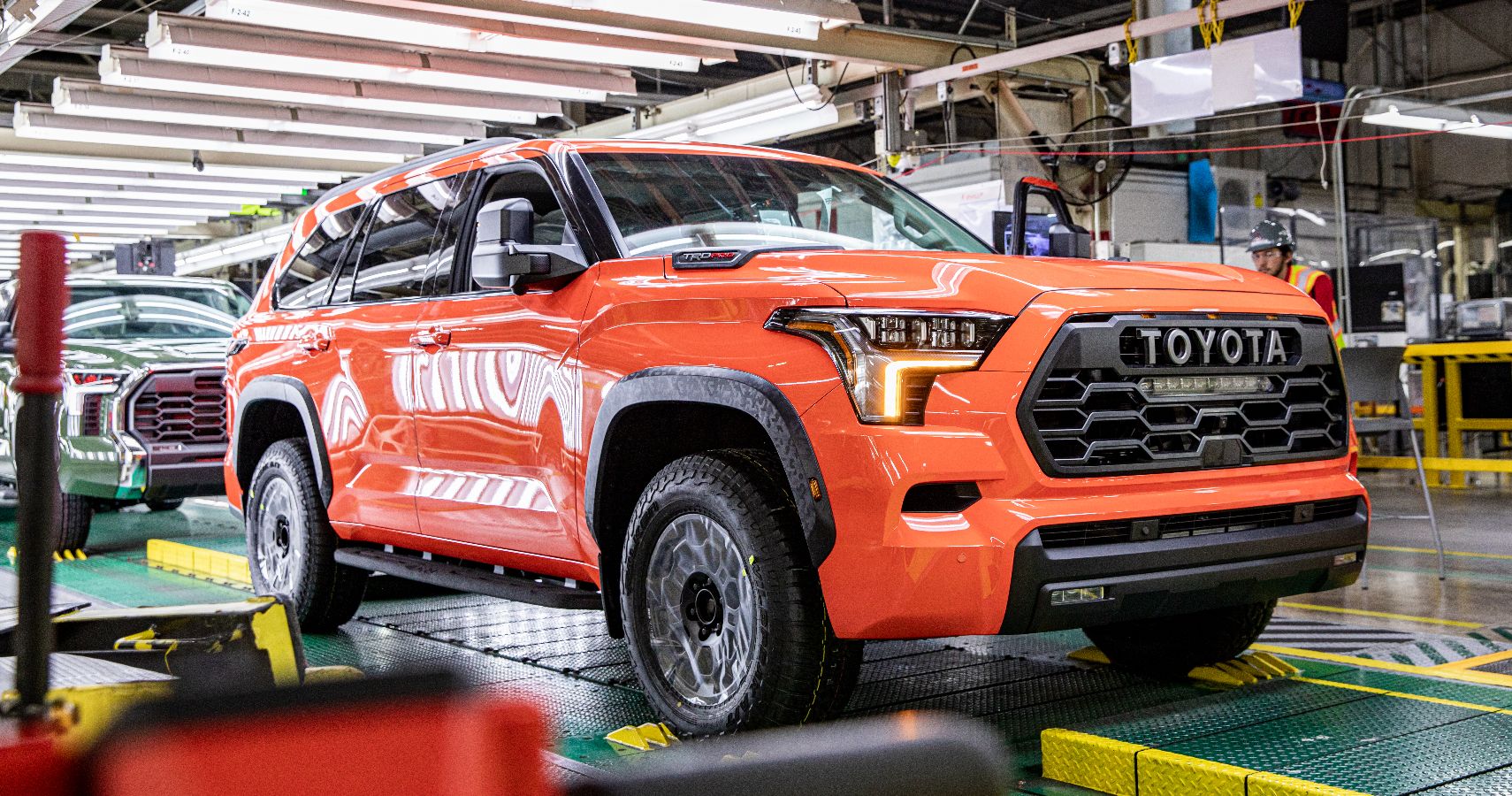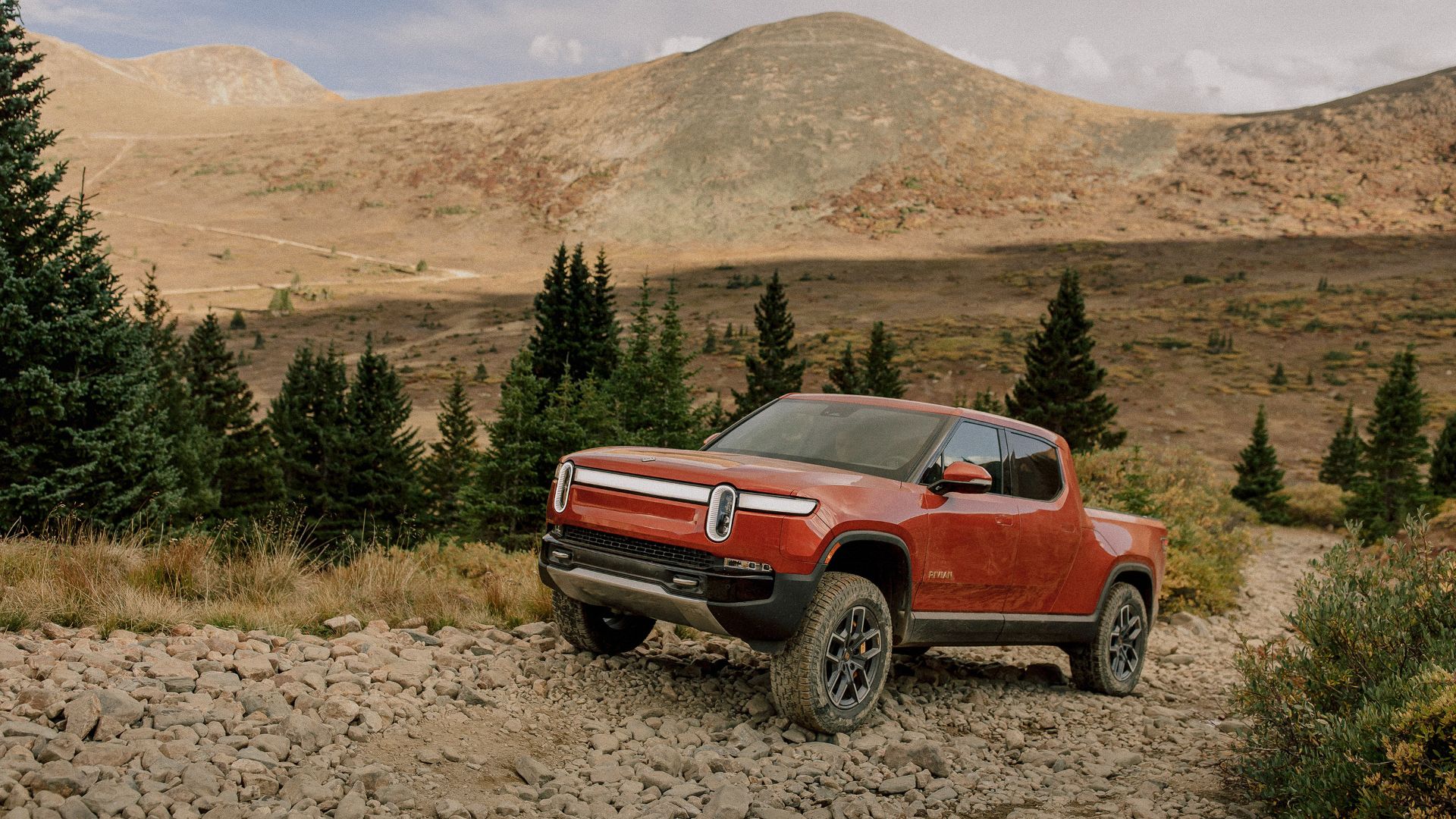Over the last couple of years, there have been some drastic changes to the new car industry. Before the pandemic crashed through the world, new car dealers found themselves overloaded with vehicles. So much so that they had to offer big discounts at the end of the year to clear them out for the incoming models for the new year.
This created a vicious circle of decreasing profit margins because people who wanted a new car knew that if they waited until the clearance prices kicked in, they would pay much less than if they bought a new model as soon as it came out. On the flip side of that, though, waiting towards the end of the model year meant that the buyer got what was left, not being able to pick the perfect match for them because the choices were a little fewer than at the beginning of the year.
Of course, some buyers were still willing to pay inflated prices to ensure they got what they wanted, but when the sales kicked in, they felt like they had been taken advantage of. During the midst of the pandemic, this changed substantially because of the shortage of supplies, especially computer chips that are the center of all new cars coming out. Fewer cars were available without the correct computer chips to run the car's system.
That can be seen today because people are still waiting to receive the vehicles they have ordered and started paying for without ever having seen or driven them. The upside for 2023, however, is that the computer chip supply is slowly catching up with the demand for some carmakers.
Uneven Car Supply Chains Will Limit Brand And Model Options For Buyers
One thing that will be seen throughout 2023 is that some companies in the industry are recovering faster than others. For example, last year, the sales for Ford were down by single digits, Rivian was down by a couple hundred units, and Tesla was up 40 percent (showing that the world is leaning more towards electric vehicles.) On the other hand, companies such as Nissan lost 25 percent in sales, Toyota was down 10 percent, and Hyundai was in the negative by two percent.
These percentages are based on the number of sales from the year before, which was also down from the year before that. The last 3 years have been hard on the auto industry, but things are looking up as car lots begin to fill up with options for buyers once again. That is not to say that a buyer can purchase one of the cars on the lot, but at least they can see one up close and personal before deciding on a brand and model to buy.
Unfortunately, those new cars sitting on the lots may not be for sale because most dealers have a line of people waiting for vehicles to be delivered. Vehicles that they have already put money down on to ensure that they get one when they do become available.
Sky Rocketing Interest Rates Will Continue To Be A Serious Problem For New Car Buyers
Many buyers were looking ahead toward the interest rates that would be attached to a new car loan, so they took a gamble and preordered vehicles to help them lock in the lower interest rates. Doing this allows buyers to get the car brand and model they want, but they do so without driving or looking at the car except through pictures on the website.
Those that locked their interest rates in may be paying around four percent, while those that waited until the new model year came onto the dealer lots may be paying as much as 5.29 percent. Of course, many of the interest rates attached to auto loans may be variable type loans, which means the buyer will pay the interest rates for the month depending upon the market prices being set. A savvy shopper will ensure that they have a loan locked in early at lower interest rates. A loan with a fixed interest rate that cannot continue skyrocketing with market increases before signing the dotted line.
The Bottom Line For The New Car Industry
The outlook for 2023 may be a little bit grim for dealers and buyers, but it will be an improvement over the last few years. Dealers cannot expect to return to the inventory levels they once had, but that is good for most. The owners of the lots do not want to go back to the pre-pandemic levels that caused them to lose money when they had to offer sales and discounts just to clear out the lots for the following year's models.
The bottom line is that the interest rates will continue to go through the roof because that is one of the ways the government uses to help the overall economy, which is basic economics. Along with the high-interest rates, since not all car manufacturers are recovering simultaneously, it could create a very volatile situation for some companies that are not making a decent profit.
As stated in the above Wall Street Journal video, Tyson Jominy from J.D. Power, feels that 2023 may actually be a good year for the recovery of the industry as automakers try and meet the demand for the market after a brief period of oversupply before the pandemic and undersupply following it.
It is forecasted that within the next couple of years, things will level out again, but none can ever expect things to return to how they were. The global Covid-19 pandemic changed the world as we know it. For the good or the bad, the changes are here to stay.




